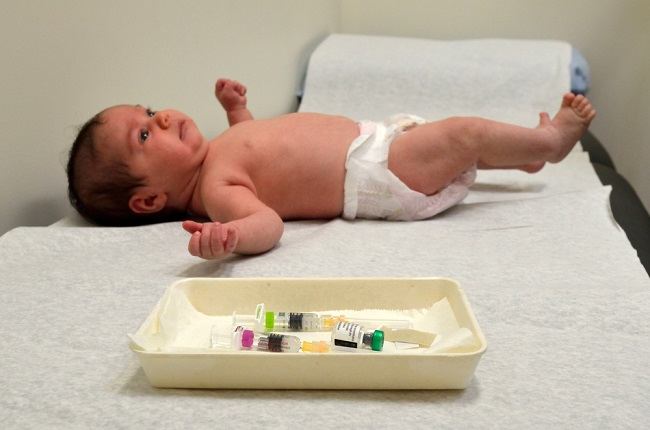Acute hepatitis is a disease that is quite common throughout the world. Symptoms that arise from this condition are sometimes not detected, so they are often ignored. To find out more about what acute hepatitis is, let's look at the following article.
Hepatitis is an inflammatory disease and disorders of the liver that cause disruption of liver function. This condition is divided into 2 types based on the duration of inflammation, namely acute hepatitis and chronic hepatitis.

The term acute hepatitis is used for hepatitis that resolves in less than 6 months. If inflammation occurs more than that time, the disease is classified as chronic and can cause other health problems, such as cirrhosis, liver cancer, or liver failure.
These are the causes of acute hepatitis and how it is transmitted
Acute hepatitis can be caused by several things, but generally hepatitis occurs due to infection from a virus. The following are various causes of acute hepatitis that need to be known:
1. Viral hepatitis
As mentioned above, acute hepatitis is generally caused by a viral infection. The viruses that cause this condition are divided into five, namely hepatitis A, B, C, D, and E viruses.
The five types of hepatitis above can cause acute hepatitis. Acute hepatitis A and E can be completely cured in less than 6 months. Meanwhile, hepatitis B, C, and D usually develop into chronic hepatitis, and can even cause complications.
2. Consumption of alcoholic beverages
Besides being caused by a virus, hepatitis can also occur due to damage to liver tissue due to alcoholism. This condition is called alcoholic hepatitis, and is usually characterized by nausea, feeling unwell, and a low-grade fever.
Inflammation of the liver due to consuming too many alcoholic beverages can develop into cirrhosis if the patient continues to consume alcohol. Therefore, people with alcoholic hepatitis should immediately stop this bad habit.
3. Taking drugs
Consumption of certain drugs in excessive doses can also cause the liver to become inflamed. Examples of drugs include paracetamol, aspirin, sulfa drugs, and herbal medicines.
Although rare, hepatitis due to drug consumption should not be underestimated because it can lead to liver failure.
4. Fatty liver
Hepatitis caused by fatty liver is known as non-alcoholic steatosis hepatitis. Accumulation of fat in the liver due to excess weight can cause inflammation, so the liver cannot function optimally. This condition is usually asymptomatic and can improve with weight loss.
In addition to the causes above, a small proportion of acute hepatitis can also occur due to the body's immune system attacking and damaging the body's own cells and tissues. This condition is known as autoimmune hepatitis.
Symptoms of Acute Hepatitis to Watch Out for
Acute hepatitis often causes no symptoms. This is what causes many sufferers do not realize that they have impaired liver function. However, there are some common symptoms that can signal this condition. Symptoms of hepatitis include:
- Fever
- Fatigue
- Feeling unwell (malaise)
- Decreased appetite
- Throw up
- Stomach ache
- Diarrhea
- Jaundice
- Darker colored urine
- Pale stools
When you have entered the chronic hepatitis phase, patients may experience symptoms of liver damage, such as swelling of the abdomen (ascites), weight loss, muscle pain, easy bruising and bleeding, and loss of consciousness.
Given that acute hepatitis can appear without symptoms and can develop into chronic hepatitis, it is important for you to always take precautions. One of them is to get a hepatitis vaccine. So far, the available hepatitis vaccines are hepatitis A vaccine and hepatitis B vaccine.
In addition, acute hepatitis can also be prevented by adopting a healthy lifestyle, maintaining food hygiene, limiting or avoiding the consumption of alcoholic beverages, avoiding drug abuse, and using condoms when having sex.
If you experience the symptoms of acute hepatitis that have been described above, you should immediately consult a doctor to get a thorough examination, so that the cause of acute hepatitis can be identified and treated.









